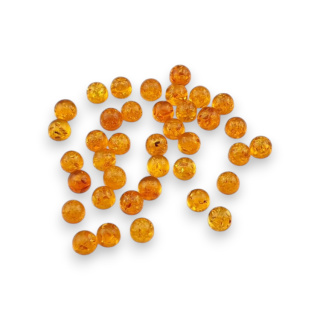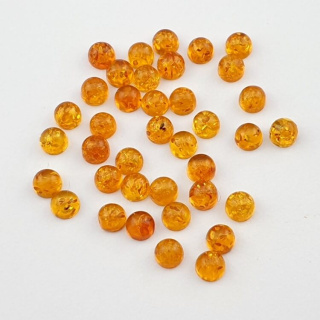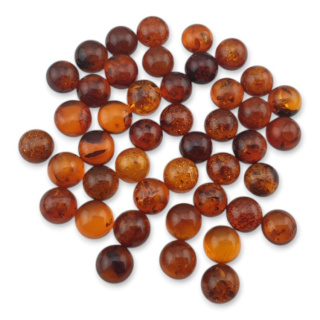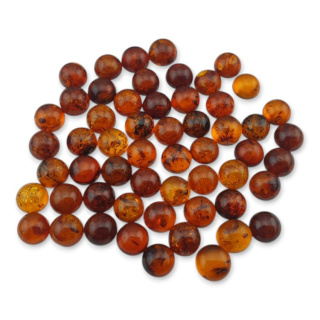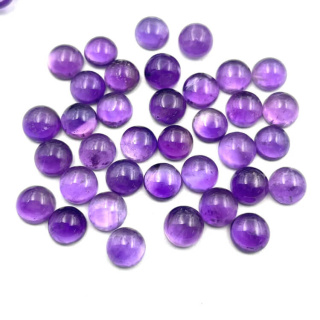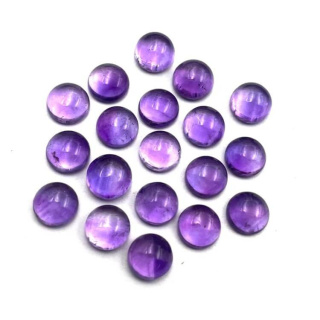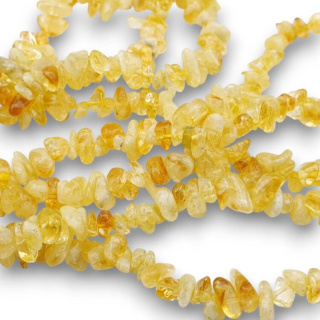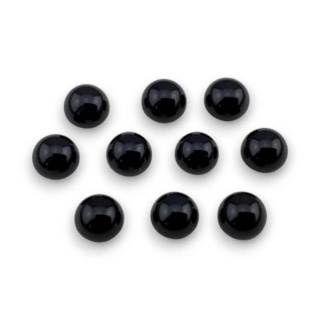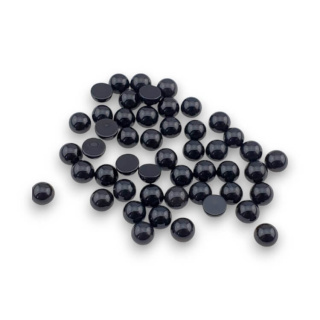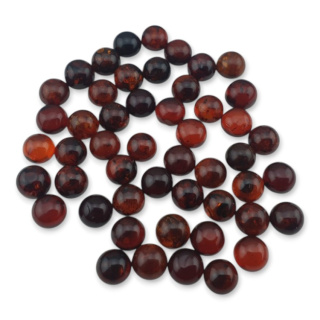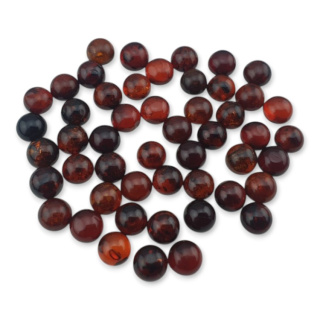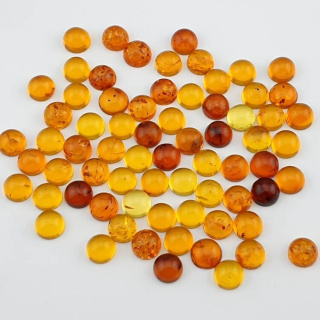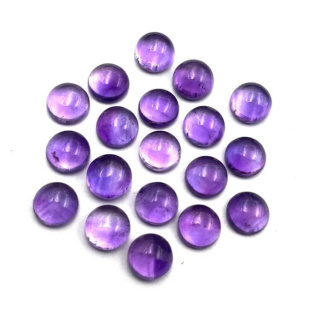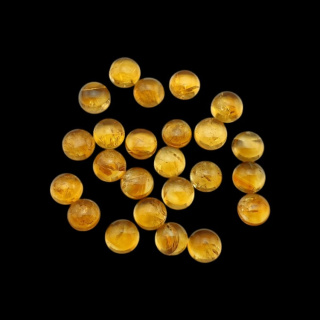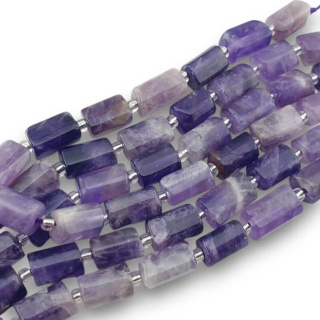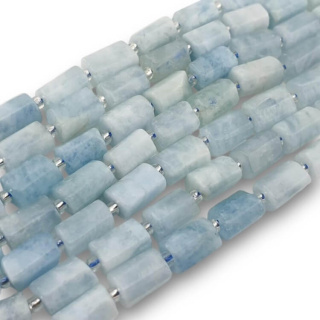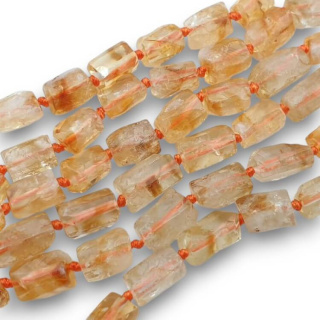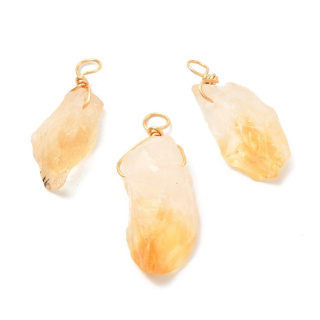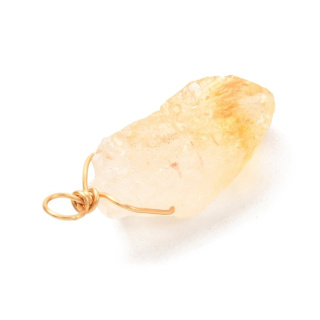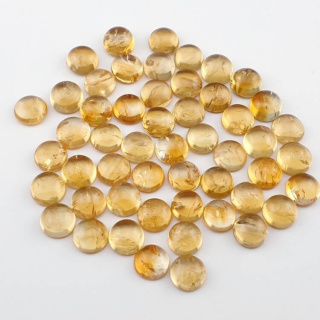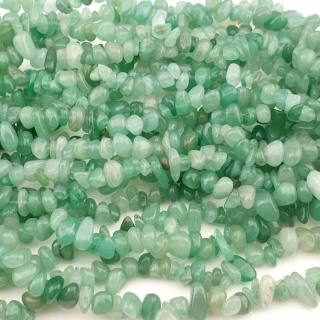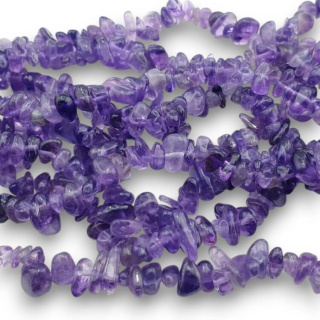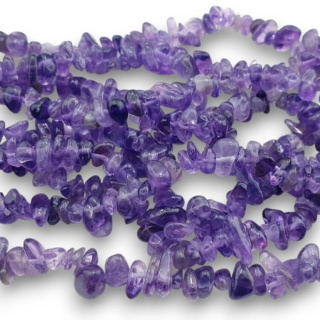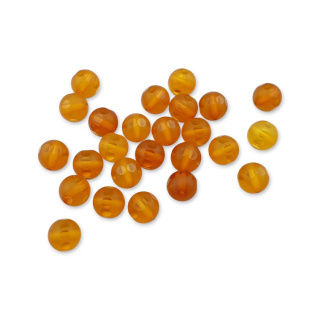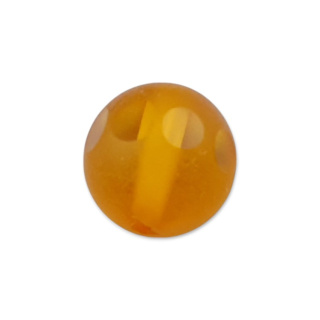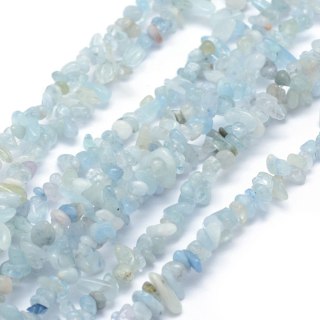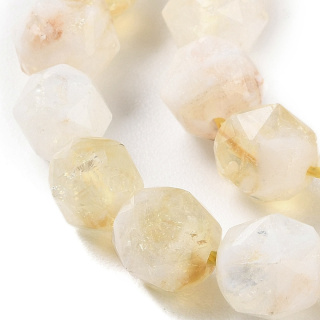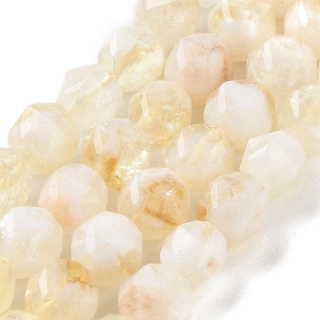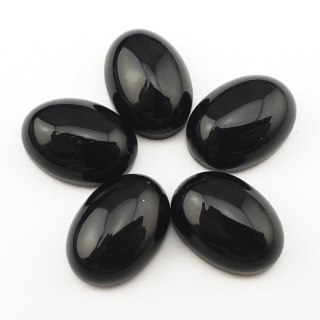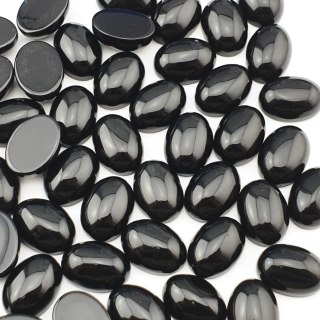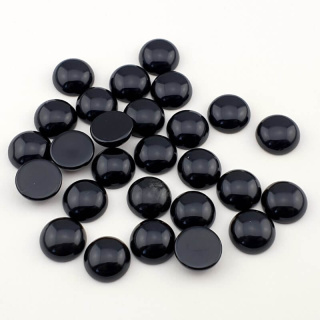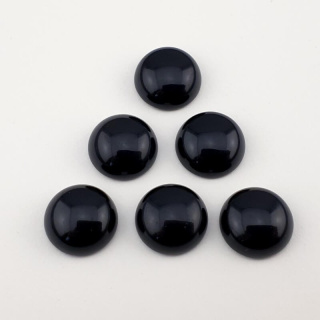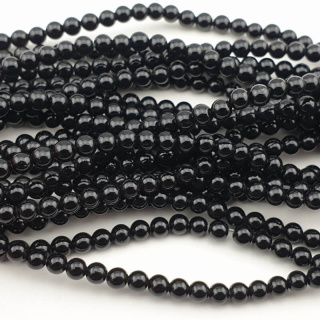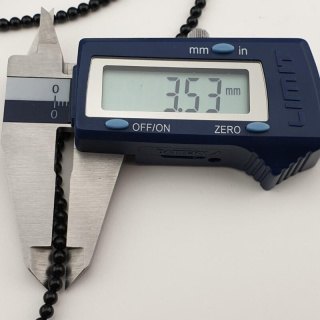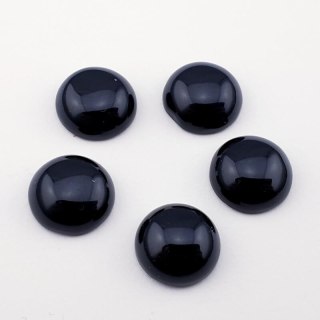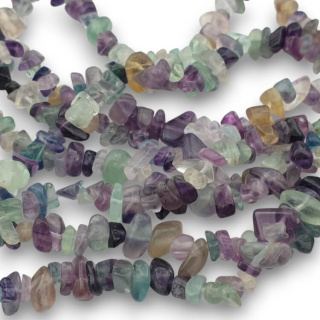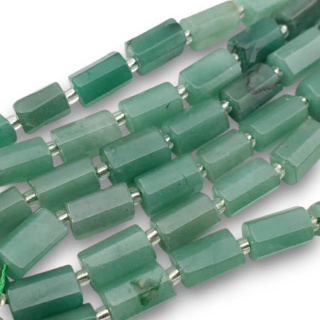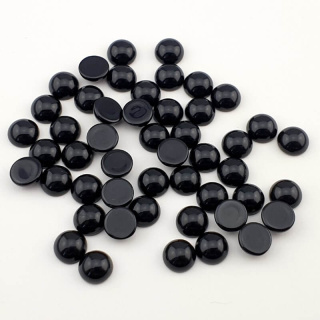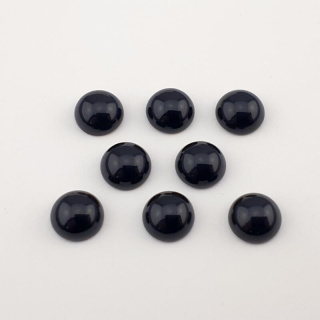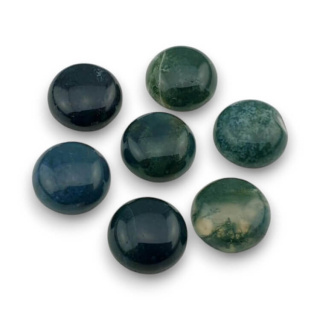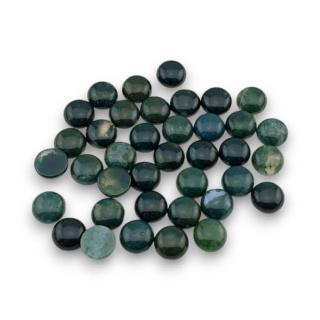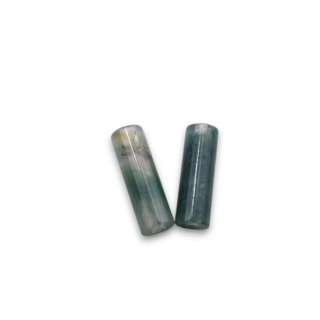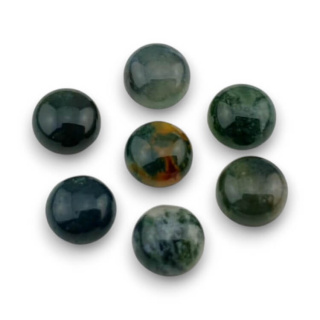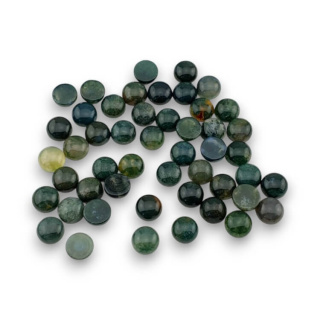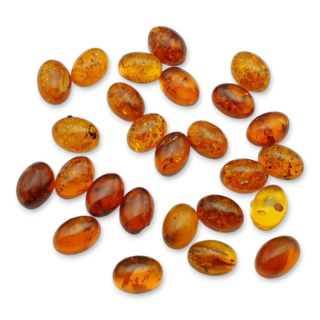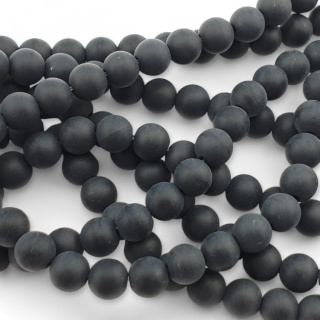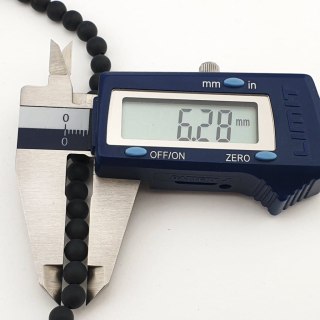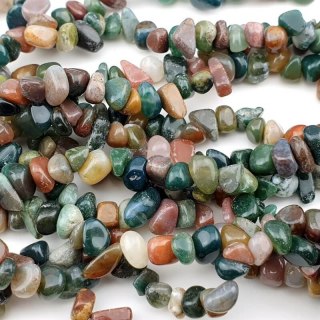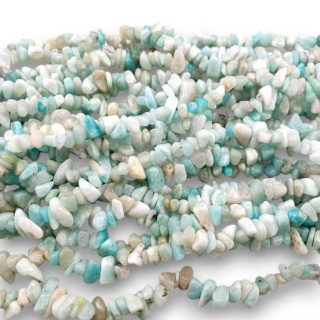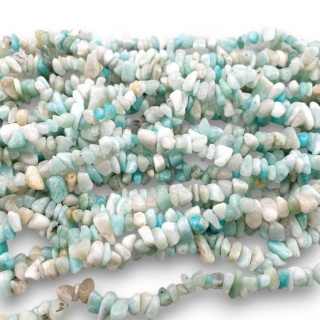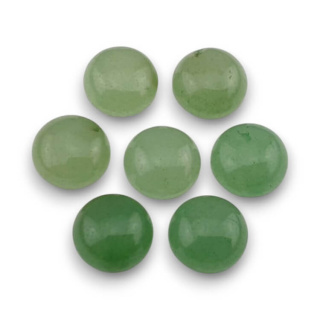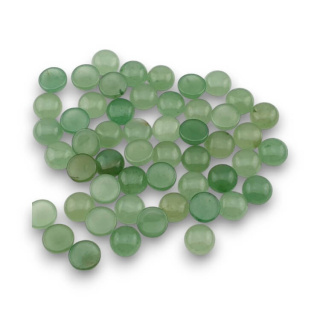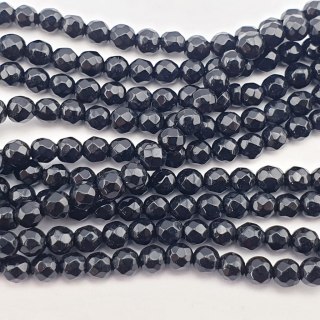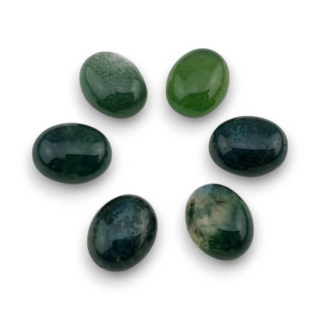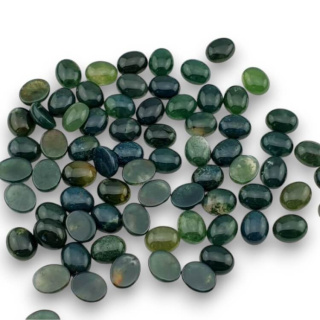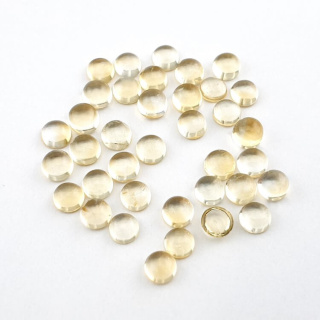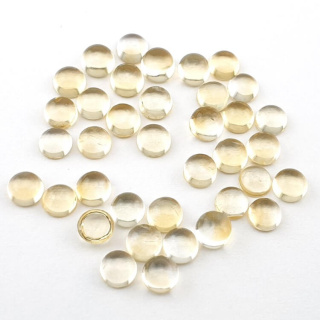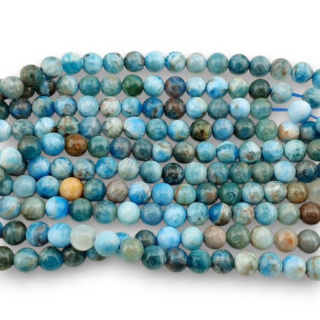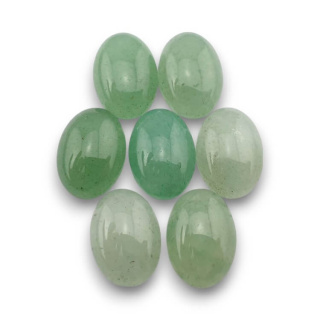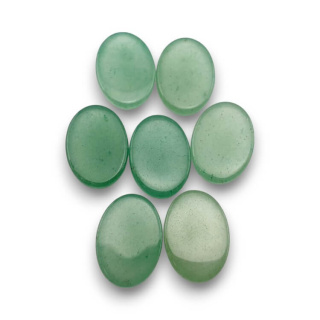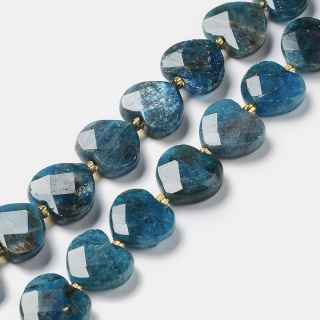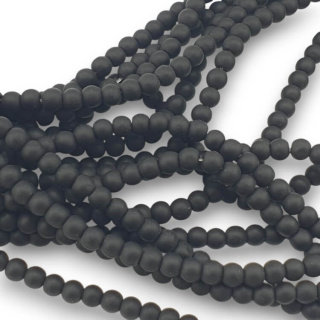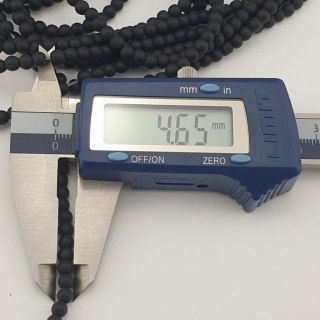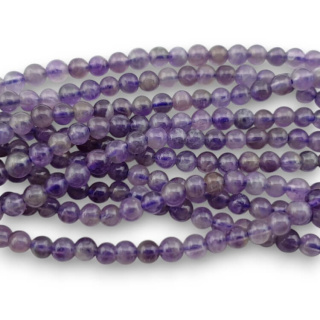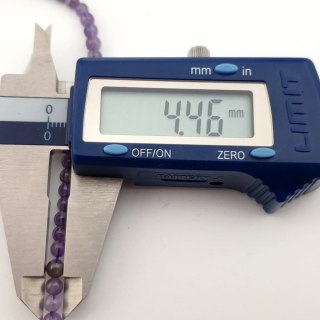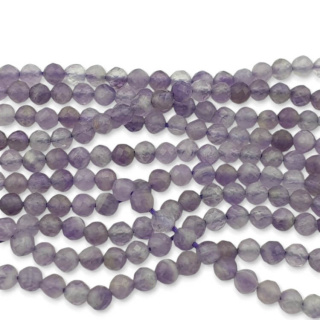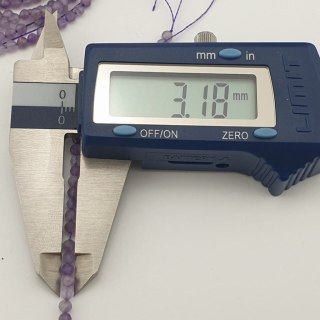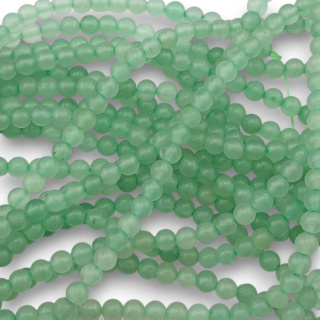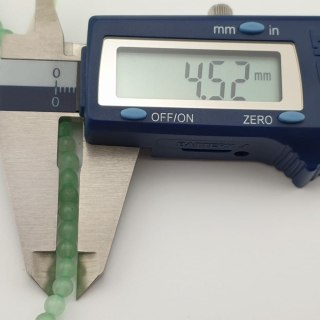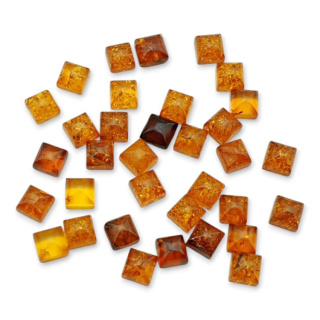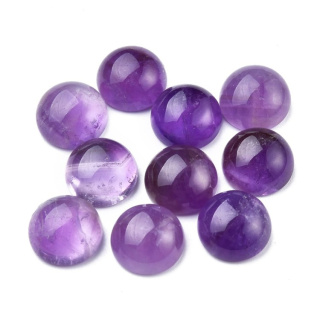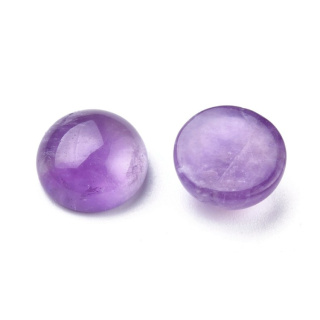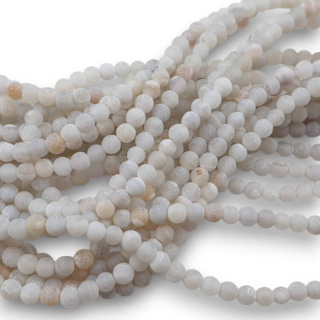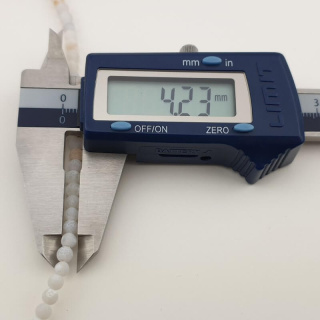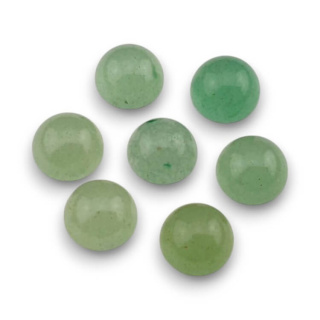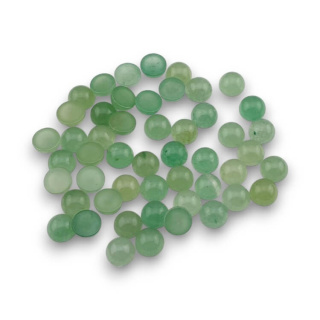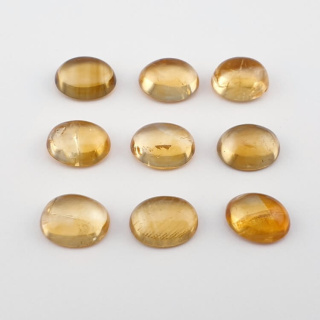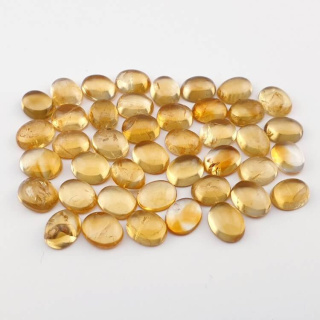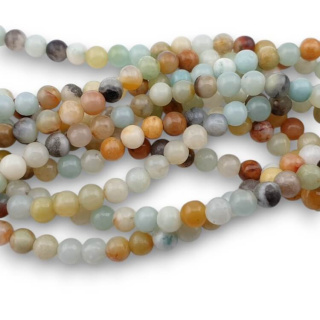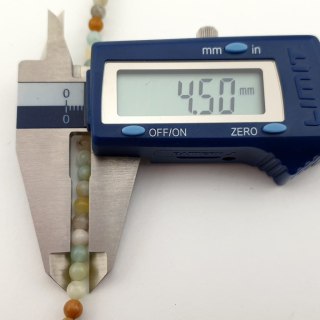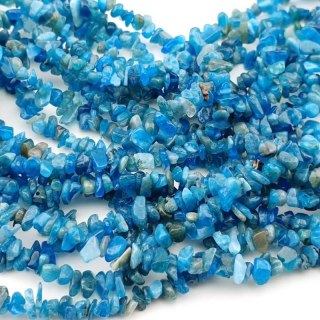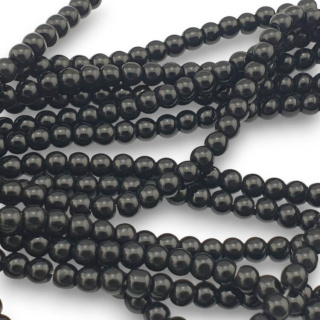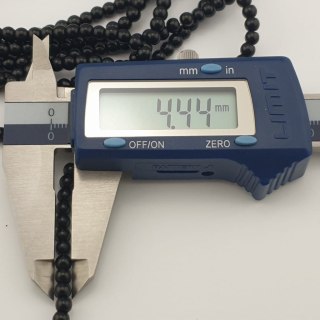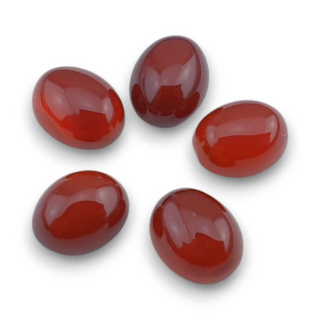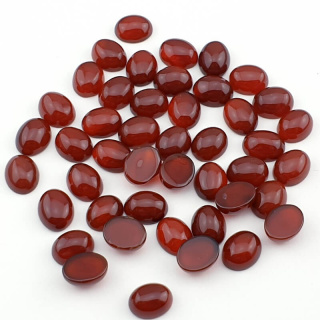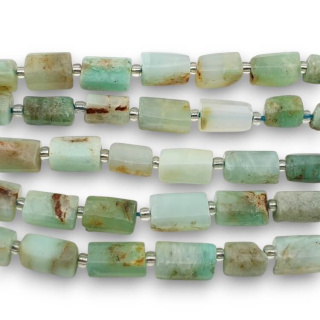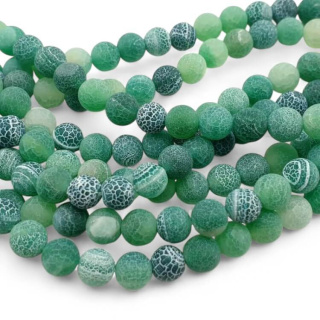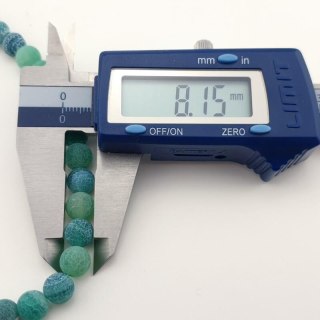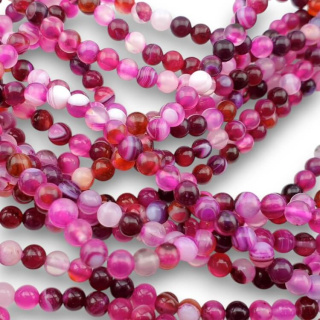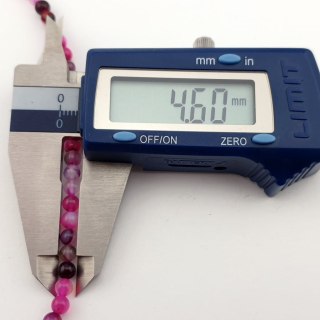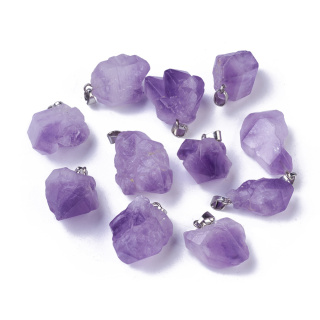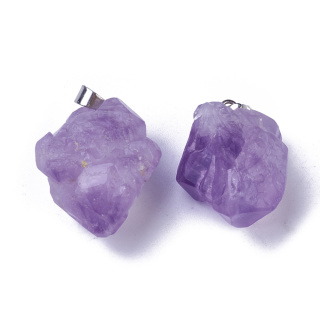Kamienie i minerały do biżuterii i ozdób (A-F)
Liczba produktów: 4569Wybór kamieni i ich właściwości estetyczne
Magia w sztuce tworzenia ozdób i biżuterii handmade zaczyna się od wyboru kamieni. Różnorodność kształtów, kolorów i wzorów kamieni oferuje szeroki wachlarz możliwości artystycznego wyrażenia. Twórcy biżuterii zwracają uwagę na unikalne wzory i kolorystykę kamieni, które uzupełnią ich projekt. Symboliczne Znaczenie Kamieni w Biżuterii Wielu twórców biżuterii przywiązuje wagę do symbolicznego znaczenia kamieni. Kamienie te często są wybierane nie tylko ze względu na ich estetyczne walory, ale także ze względu na przypisywane im właściwości duchowe lub symboliczne znaczenie. Na przykład, różowy kwarc może symbolizować miłość, a ametyst - spokój.
Techniki obróbki kamieni
Artystyczną wartość biżuterii z kamieniami często podkreśla również sposób obróbki kamieni. Różne techniki, takie jak szlifowanie, grawerowanie, czy kombinowanie różnych kamieni w jednym projekcie, pozwalają twórcom uzyskiwać różnorodne efekty w swoich dziełach. Eksperymentowanie z Kombinacjami Materiałów Twórcy biżuterii chętnie eksperymentują z połączeniem kamieni z innymi materiałami, takimi jak srebro, złoto, czy różne rodzaje drewna. Kombinowanie różnych materiałów daje możliwość stworzenia unikatowych i oryginalnych projektów, które łączą w sobie różnorodność tekstur, kształtów i kolorów.
Biżuteria energetyczna i zdrowotna
W niektórych projektach biżuterii handmade z kamieniami akcentuje się również ich potencjalne właściwości zdrowotne i energetyczne. W tradycji ezoterycznej wielu ludzi wierzy, że noszenie kamieni może wpływać na energetykę ciała i psychiki, co dodatkowo uwydatnia aspekt praktyczny i użytkowy biżuterii.
Indywidualizacja i rękodzielniczy charakter
Biżuteria handmade z kamieniami często jest wyjątkowa i indywidualna. Twórcy starają się wpleść swój własny styl, wizję artystyczną i energię w każdą stworzoną ozdobę. Kupujący z kolei doceniają nie tylko estetykę, ale także unikatowość dzieła, co sprawia, że noszenie takiej biżuterii staje się wyjątkowym doświadczeniem.
Podsumowując tworzenie ozdób i biżuterii handmade z kamieniami to nie tylko umiejętność artystycznego wyrażenia się, ale także możliwość eksploracji różnorodnych aspektów kultury, symboliki i zdolności twórczych. Każdy kawałek biżuterii z kamieniami jest niepowtarzalny, a jego noszenie staje się wyrazem osobistej historii i wartości.
Różnica między kamieniami naturalnymi a syntetycznymi
Wielu ludzi ma pytania dotyczące różnicy między kamieniami naturalnymi a syntetycznymi. Kamienie naturalne powstają w naturze przez długotrwałe procesy geologiczne, podczas gdy kamienie syntetyczne są produkowane w laboratoriach przy użyciu technik i procesów kontrolowanych przez człowieka.
Kamienie naturalne są cenione ze względu na swoją rzadkość, unikalność i naturalne piękno. Każdy kamień naturalny ma swoje własne cechy, które wynikają z procesów geologicznych, takich jak kształtowanie, barwienie i przejrzystość. Kamienie syntetyczne, z drugiej strony, są stworzone w kontrolowanych warunkach laboratoryjnych i mają dokładnie te same składniki chemiczne i strukturę krystaliczną jak kamienie naturalne. Jednak brak im naturalnej rzadkości i czasu formowania się.
Oba rodzaje kamieni mają swoje zalety i wady. Kamienie naturalne są unikalne i mają większą wartość rynkową, ale są często droższe. Kamienie syntetyczne są dostępne w większych ilościach i mogą być tańsze, ale nie mają tego samego sentymentalnego i wartościowego aspektu jak kamienie naturalne.
Jak sprawdzić, czy kamień jest prawdziwy?
Sprawdzanie autentyczności kamieni jest ważne, zwłaszcza gdy dokonujemy zakupu. Oto kilka praktycznych wskazówek i metod, które można zastosować, aby sprawdzić, czy kamień jest prawdziwy:
-
Badanie kamienia: Przeanalizuj kamień pod mikroskopem lub lupa, aby zidentyfikować ewentualne inkluzje, nierówności lub charakterystyczne cechy. Kamienie naturalne często mają unikalne formacje i linie, podczas gdy kamienie syntetyczne mogą wyglądać bardziej doskonale.
-
Test twardości: Wykorzystaj skalę Mohsa, aby sprawdzić twardość kamienia. Kamienie naturalne mają różne stopnie twardości, które można ocenić za pomocą odpowiednich narzędzi, takich jak igły lub minerałów referencyjnych.
-
Test kwasowy: Wykonaj test kwasowy, używając odpowiedniego kwasu do kamienia, który chcesz sprawdzić. Różne kamienie reagują różnie na kwas, co może pomóc w identyfikacji materiału.
-
Skonsultuj się z ekspertem: Jeśli nie masz pewności co do autentyczności kamienia, zawsze warto skonsultować się z gemologiem lub ekspertem, który ma wiedzę i doświadczenie w identyfikacji kamieni.
Jak rozpocząć tworzenie własnej biżuterii?
Tworzenie własnej biżuterii to pasjonująca i kreatywna przygoda. Jeśli jesteś zainteresowany rozpoczęciem tej drogi, oto kilka podstawowych kroków, które możesz podjąć:
-
Edukacja: Zdobądź wiedzę na temat różnych technik, narzędzi i materiałów używanych do tworzenia biżuterii. Istnieje wiele książek, kursów online i poradników, które mogą pomóc Ci rozwijać swoje umiejętności.
-
Narzędzia i materiały: Zaopatrz się w podstawowe narzędzia, takie jak obcinacz drutu, pęsety, pilnik i klej do biżuterii. Wybierz odpowiednie materiały, takie jak koraliki, kamienie, ćwieki i łańcuszki, które będą pasować do Twojego projektu.
-
Eksperymentuj: Zaczynając od prostych projektów, eksperymentuj z różnymi technikami i kombinacjami materiałów. Poświęć czas na naukę i doskonalenie swoich umiejętności.
-
Inspiracja: Szukaj inspiracji w innych projektach biżuteryjnych, naturze, kulturze i sztuce. To pomoże Ci rozwijać własny styl i tworzyć unikalne projekty.
![[{[item.product.name]}]]([{[item.product.photo.url]}] 75w)


























